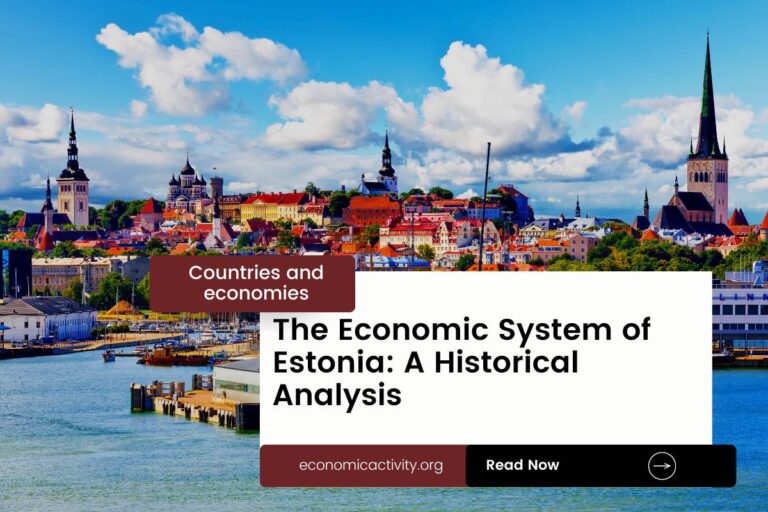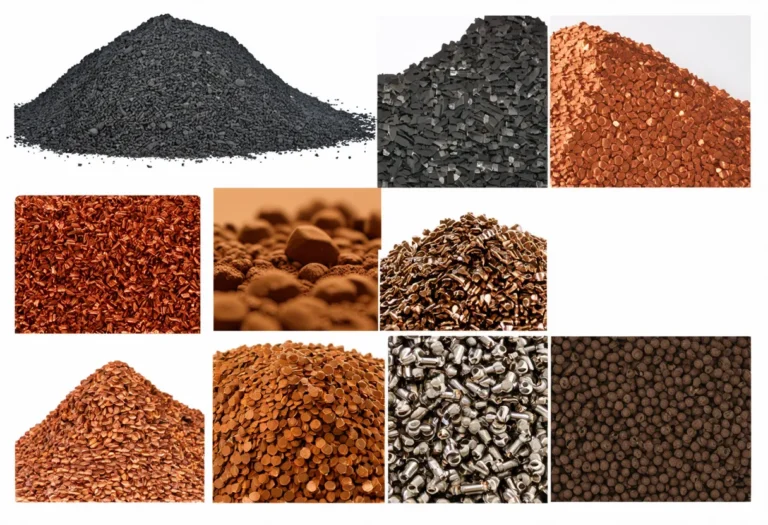Guatemala, with a population of 17,357,886, is ranked 68th in the world, just behind Somalia. Located in Central America, it covers 108,890 square kilometers, ranking 101st globally, just below Cuba.
Guatemala’s economic position in 2022 showcases a GDP of $95,003,330,315.87, ranking 67th globally. It follows Cuba, with a GDP of $100,023,000,000. The GDP per capita in Guatemala is $5,473.21, placing it at the 107th position worldwide.
It lags behind Moldova, with a GDP per capita of $5,714.43. Guatemala’s economy demonstrates steady growth, with potential for further development and investment in various sectors to enhance its economic standing on the global stage.
What are the economic activities of Guatemala?
- Primary activities: 13.3% of GDP.
- Secondary activities: 23.4% of GDP.
- Tertiary activities: 63.2% of GDP.

Primary Sector of Guatemala
Guatemala’s primary sector, dominated by agriculture, thrives due to its diverse climate and abundant natural resources. With 43.04% of the land dedicated to agriculture, the country produces a variety of crops and animal products. The top ten agricultural products include sugarcane, bananas, oil palm fruit, maize, cantaloupes/melons, potatoes, milk, tomatoes, chicken, and pineapples.
Despite contributing 13.3% to the GDP, agriculture plays a crucial role in the economy, providing livelihoods and sustenance to many Guatemalans. The sector’s significance lies in the rich tapestry of products it offers, showcasing the country’s agricultural prowess.
With a diverse geological landscape, Guatemala boasts rich natural resources. The primary sector thrives on petroleum, nickel, rare woods, fish, chicle, and hydropower, driving economic growth and employment opportunities.
Guatemala’s oil production of approximately 6,307 barrels per day places the country at the 59th position in the world ranking. With oil reserves totaling 83,070,000 barrels, Guatemala holds a small but significant percentage of the world’s oil reserves at 0.01%.
Secondary Sector of Guatemala
What is the secondary sector or what are secondary activities?
The secondary sector comprises industries that transform raw materials into finished products for consumption. In Guatemala, key industrial products include sugar, textiles, clothing, furniture, chemicals, petroleum, metals, and rubber. These goods are manufactured for domestic consumption and export, contributing significantly to the country’s economy.
Manufactures in Guatemala’s total exports in 2023 accounted for 45.76%, indicating their significant role in the country’s economy. However, other sectors like agriculture and services also play crucial roles, diversifying the export base and reducing dependence on a single industry.
Tertiary sector of Guatemala
What is the tertiary sector or what are tertiary activities?
The tertiary sector in Guatemala encompasses a wide range of services that focus on providing knowledge and expertise to enhance productivity and meet various needs. This sector includes intangible goods such as advice, attention, and expertise, catering to both consumer and business-to-business services. Some of the main tertiary activities in Guatemala are restaurants, healthcare and medical care, education and training, banking and finance, communication and information exchange, tourism and hospitality, and transportation and logistics. These services play a crucial role in driving the country’s economy and meeting the diverse needs of its population.
Among these, Guatemala’s tourism industry is a significant contributor to its economy, with an impressive 2,560,000 annual arrivals. Antigua Guatemala, a UNESCO World Heritage site renowned for its colonial architecture, and Tikal, an ancient Mayan city surrounded by lush rainforests, are among the country’s most popular destinations, attracting visitors from around the globe.
Another example of tertiary economic activity is the mobile cellular sector, with over 20 million subscriptions, equating to 115 per 100 inhabitants. This connectivity fosters technological growth and innovation across various industries.
Military Activities and Economic Sectors of Guatemala
The military is a key example of how different economic activities work together. In the primary sector, resources are extracted for military use. The secondary sector focuses on manufacturing military equipment. The tertiary sector provides services, while the quaternary sector involves research and development. Finally, the quinary sector is where high-level decisions and strategies are made for military operations.
In Guatemala, the military expenditure for 2023 is 422.3 million US dollars, which is 0.46% of the country’s GDP. The active military force consists of 24,917 personnel, resulting in 6.4 active military members for every 1,000 people in the population.
International Trade of Guatemala
Import Activities of Guatemala

Import activities in Guatemala are crucial, accounting for 35.65% of GDP in 2023, totaling $302.78 billion. This highlights the significant reliance on imports for the country’s economy.
Guatemala’s key import activities include importing refined petroleum, video displays, paper, plastic products, and cars. The country’s top import partners are the US (34%), China (18%), Mexico (9%), El Salvador (4%), and Costa Rica (3%).
Exports Activities of Guatemala

In Guatemala, export activities play a medium-high importance role, accounting for 19.02% of the GDP in 2023, totaling $142.61 billion. This highlights the significant contribution of exports to the country’s economy.
Guatemala’s export activities are diversified, with key partners being the US, El Salvador, Honduras, Nicaragua, and Mexico. The country primarily exports garments, coffee, bananas, palm oil, and raw sugar.
Guatemala economy challenges in 2024
In 2024, Guatemala faces ongoing challenges with high poverty and income inequality. Limited government services and lack of employment opportunities hinder human development efforts. Despite steady economic growth fueled by remittances, frequent natural disasters continue to impede progress and drive emigration.




Leave a Reply